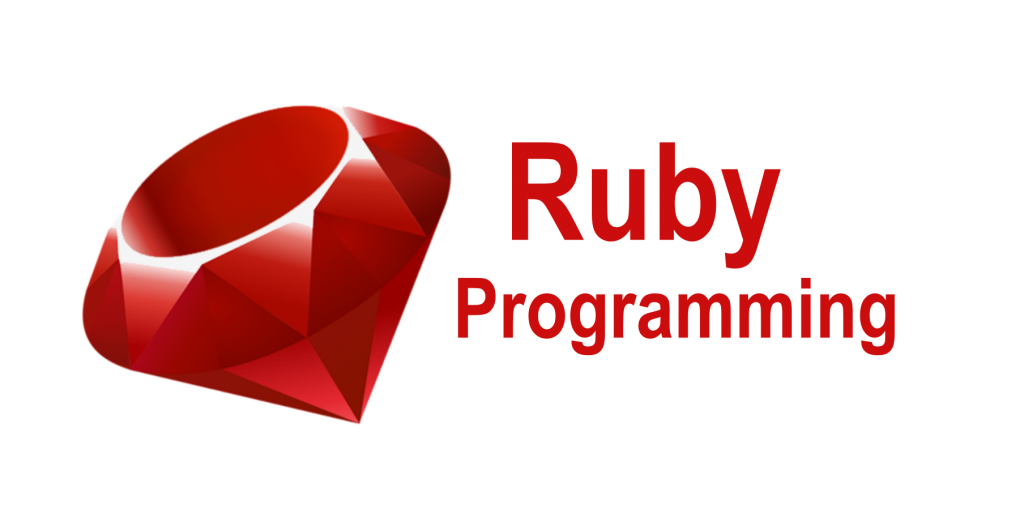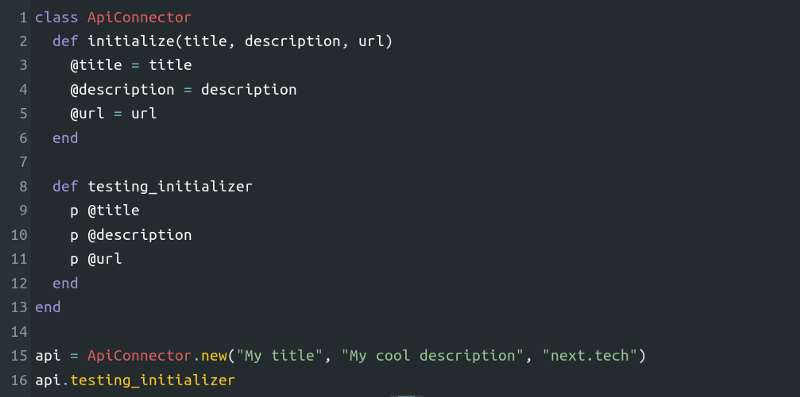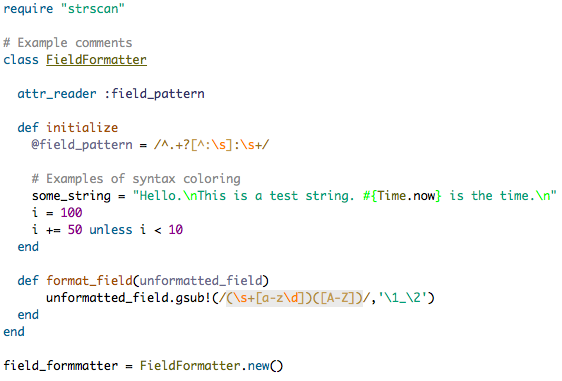
What is Ruby?
one of the most popular web development frameworks in any programming language.
It is an interpreted, high-level,general purpose programming language typically used for web development.It was designed with an emphasis on programming productivity and simplicity.In Ruby, everything is an object, including primitive data types. In Ruby, Ruby makes it easy to store data after the user has navigated away from the page or closed the browser, and create, update, store, and retrieve that data in a database.
Ruby is a simple and easy side server scripting programming language. Ruby programming language is interpreted and it is open source programming language which means that it is available for free and anyone can use and modify it according to the requirements of their projects but you need licence to use Ruby programming language.
Ruby developers frequently perform tasks like storing information in a database, and a Ruby framework called Rails speeds up development by including pre-built code, templates.

Platform support
- Ruby is based on many other languages like Perl, Lisp, Smalltalk, Eiffel and Ada. It is an interpreted scripting language which means most of its implementations execute instructions directly and freely, without previously compiling a program into machine-language instructions. Ruby programmers also have access to the powerful RubyGems (RubyGems provides a standard format for Ruby programs and libraries).
- Modern Ruby versions and implementations are available on many operating systems, such as Linux, BSD, Solaris, AIX, macOS, Windows, Windows Phone,[100] Windows CE, Symbian OS,BeOS, OpenVMS,and IBM i
- Ruby programming language is supported across a number of cloud hosting platforms like Jelastic, Heroku, Google Cloud Platform and others.
History
It was created in 1993 by Yukihiro Matsumoto of Japan.
Ruby programming language was designed in mid 1990s by Yukihiro Matsumoto. Yukihiro Matsumoto is the father of Ruby programming language and in Ruby community he is famously known as ‘Matz’. Ruby programming language was initially introduced in 1995 and the first version of Ruby programming language was Ruby.95 which is released in 1995.
What is Ruby used for?
Ruby developers really love the language and have found many uses for it over the years. Check out some of the places Ruby is used in the list below.
- Web development
Ruby on Rails was first released in 2005, and it changed how web development was done. Before frameworks like Ruby on Rails, developers had to spend a lot more time writing code to create a web application.Some sites you may have heard of that use Ruby on Rails include Github, Shopify, Kickstarter, Twitch, Instacart, Zendesk, SoundCloud, Ask.fm, Hulu, and Square.
- Static site generation
Most websites use server-side code that generates HTML and serves it to your browser when you visit a page. There is no actual HTML file located at the URL you visited.
- DevOps and automation
Ruby is widely used for DevOps, automation, and website deployment. Heroku is a popular web app deployment platform that makes launching apps quick and easy, even for users who are unfamiliar with DevOps. Startups flocked to Heroku when it was first introduced because it allowed small teams to test, deploy, and stage their applications without a dedicated DevOps engineer. Now Heroku supports multiple languages, but originally it only supported Ruby.
- Data processing
Ruby is also a great language for data processing, cleaning, and filtering. Ruby’s built-in map, reduce, and select functions are powerful tools used to solve many data processing problems.

latest version
The current stable version is 3.1.1
Founder of company
Yukihiro Matsumoto
Official website
Features of Ruby
- Ruby is a true object-oriented programming language.
- Ruby is a server-side scripting language similar to Python and PERL.
- Ruby can be used to write Common Gateway Interface (CGI) scripts.
- Ruby can be embedded into Hypertext Markup Language (HTML).
- Ruby has similar syntax to that of many programming languages such as C++ and Perl.
- Ruby is very much scalable and big programs written in Ruby are easily maintainable.
- Ruby can be used for developing Internet and intranet applications.
- Ruby can be installed in Windows and POSIX environments.
- Ruby support many GUI tools such as Tcl/Tk, GTK, and OpenGL.
- Ruby can easily be connected to DB2, MySQL, Oracle, and Sybase.
- Ruby has a rich set of built-in functions, which can be used directly into Ruby scripts.
Advantage of Ruby
- Time efficiency
- A well-developed Ruby community
- Helpful tools and libraries
- Ruby has its own web application framework (Ruby on Rails).
- It follows the DRY (Don’t repeat yourself) principle.
- It is open-source programming that allows the developer to modify, distribute, and use.
- The code is easy to write, read, and understand.
- The goal of the ruby is to make itself a simple and fast creation for web applications.
Best Resources, Tutorial and Guide for Ruby
Interview Question and Answer
Best Courses and Insitute for learning
If you want certification course for such top course. So please visit “Devopsschool.com”. You will find more certification courses here.

I’m a DevOps/SRE/DevSecOps/Cloud Expert passionate about sharing knowledge and experiences. I am working at Cotocus. I blog tech insights at DevOps School, travel stories at Holiday Landmark, stock market tips at Stocks Mantra, health and fitness guidance at My Medic Plus, product reviews at I reviewed , and SEO strategies at Wizbrand.
Please find my social handles as below;
Rajesh Kumar Personal Website
Rajesh Kumar at YOUTUBE
Rajesh Kumar at INSTAGRAM
Rajesh Kumar at X
Rajesh Kumar at FACEBOOK
Rajesh Kumar at LINKEDIN
Rajesh Kumar at PINTEREST
Rajesh Kumar at QUORA
Rajesh Kumar at WIZBRAND

 Starting: 1st of Every Month
Starting: 1st of Every Month  +91 8409492687
+91 8409492687  Contact@DevOpsSchool.com
Contact@DevOpsSchool.com
